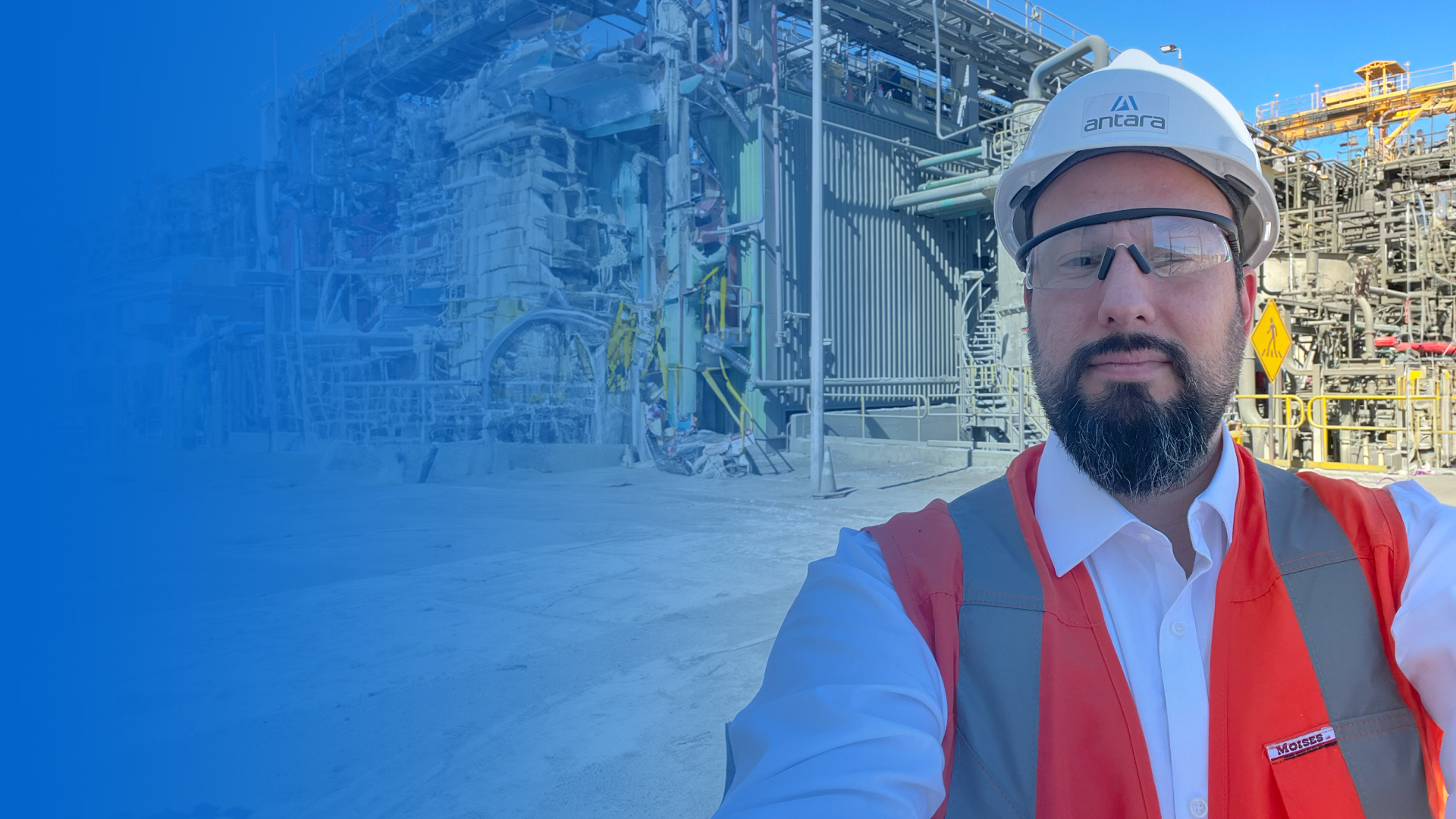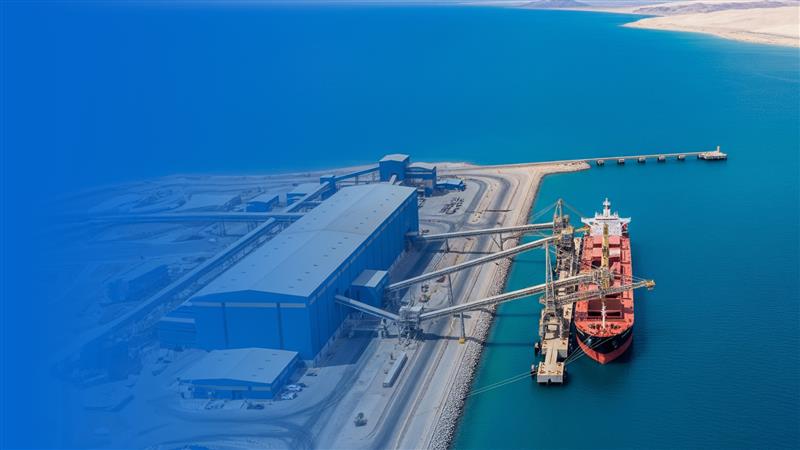In mining, efficiency goes beyond tons produced; it's about keeping the site running without interruption. But what happens when that key spare part or essential reagent is missing? A stoppage, even a brief one, is not just a logistical setback; it is a direct hit to the financial heart of the operation.
The numbers do not lie and are alarming:
- A cut of just 1 hour can cost between USD 10,000 and 100,000 (linkedin.com).
- A single equipment failure can mean a loss of USD 180,000 (cdsvisual.com).
For Finance, this is not an abstraction, but a tangible nightmare: vanishing revenues, penalties for non-compliance, skyrocketing emergency logistics costs and the negative impact on every KPI. It's not an assumption, it's a reality that demands a new priority.
The real impact of mismanagement of Critical Inputs
According to the international consulting firm LIDD, mining companies that implemented advanced strategies for critical inventory control achieved:
- USD 5.1 million reduction in inventory
- USD 140 million in direct cost reductions
- +9.6 pp increase in parts availability
- 11× return on investment (ROI) in only 3 months 📎 Source: lidd.com
These results not only validate the premise; they confirm that smart management of critical inputs is not just about inventory savings, but about ensuring operational continuity and strategically leveraging working capital.
Keys to efficient critical input management
But how is this transformation achieved? The key lies in implementing proven strategies that go beyond basic inventory control:
- Critical sorting: define which parts stop a job and prioritize them for both stock and replenishment(lidd.com).
- Optimization with historical data: use of predictive algorithms and trade-off curves to balance costs and inventory.
- Digitization and visibility: integration with IoT sensors, ERPs and real-time alerts improves response to disruptions.
- Better stock decisions: reduce idle inventories without increasing the risk of breakage(cuttingedges.com).
How does Antara CS help?
This is where Antara CS becomes your strategic ally. Our comprehensive architecture not only merges cutting-edge technology and management, but delivers tangible and concrete benefits to eliminate detention concerns:
- Centralized daily inventory and visibility of actual consumption
- Intelligent alerts by defined minimum levels
- Digitization of guides and automatic traceability
- Direct ERP integration (such as JD Edwards or SAP) and financial-accounting synchronization
- Effective reduction of errors, rework and stoppages on site
With these elements, we migrate from reactive management to a preventive predictive model.
The strategic role of the Finance and Logistics area
Traditionally, Finance and Accounting have been the keepers of the numbers. Today, their role is expanding, becoming key architects of operational continuity. It is no longer just about cost control, but about anticipating, preventing and protecting the site:
- Determine which inputs require focus in their planning
- They measure the impact of a stoppage on cash flows, working capital and actual results.
- Leading adoption of technology solutions that align sourcing, accounting and operations
- Transforming stock indicators into strategic management variables
In a context where critical events can slow down the entire operation, Finance today holds the key to anticipate, prevent and protect.
Conclusion: Countering risk with determination
Critical supply management has transcended the purely logistical sphere; today it is also an unavoidable strategic financial decision. The data proves it: with an ROI of more than 11x, a dramatic cost reduction and a substantial improvement in availability, Antara CS offers the ultimate tool for Finance to take on this proactive role.
It is time to move from reactive expense management to a strategic role of protecting the operation, ensuring production continuity and profitability. Because, in modern mining, whoever masters the management of critical inventories really controls the future of the site.










